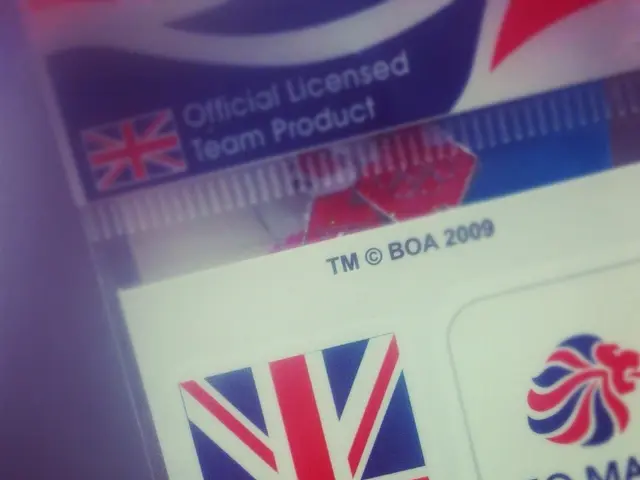Strategy of Concealment Detailed
In the world of option trading, two strategies stand out for their inverse nature: covered calls and covered puts. While they share some similarities, their underlying positions and market outlooks differ significantly.
Covered Calls: A Neutral to Bullish Strategy
When you own a stock, you can sell call options against it. This strategy, known as a covered call, is generally neutral to moderately bullish. The aim is to generate income from option premiums while potentially selling the stock at the strike price if exercised.
Covered Puts: A Bearish Strategy
On the other hand, covered puts involve shorting the stock (borrowing and selling shares first) and selling put options against this short position. This strategy is bearish, used to generate income while expecting the stock to decline gradually or remain stable.
Detailed Differences
| Aspect | Covered Call | Covered Put | |-----------------------|-------------------------------------|----------------------------------------------| | Underlying Position | Long the stock (own shares) | Short the stock (borrow and sell shares) | | Option Sold | Call options | Put options | | Market Expectation | Neutral to moderately bullish | Bearish, expecting a mild to moderate drop | | Purpose | Generate income from premiums while holding stock; limit profit to strike price plus premium | Generate income while holding a short position; profits if stock price declines slightly or stagnates | | Risk Profile | Loss limited to stock price falling to zero minus premium received; gains capped by strike price | Unlimited risk because if stock rises, losses increase on short stock and put option legs | | Profit Scenario | Keep premium + potential stock appreciation up to strike price | Profit from premiums and potential gains if stock falls moderately, but losses if stock rallies | | Complexity | Simpler to manage since you already own the stock | More complex due to short stock position and margin requirements |
Summary
A covered call is when you own shares and write calls on them to potentially earn income but cap upside gains. In contrast, a covered put involves shorting shares and selling puts against that short position, aiming to profit from falling or stable prices but risking large losses if the stock rallies strongly.
This makes covered calls a common income strategy for conservative or neutral investors holding stocks, while covered puts are more specialized for bearish traders managing short positions. A covered put option trader typically has a neutral to bearish sentiment on price action.
For those interested in learning more about option trading, the Options 101 eCourse is available as a shortcut to gaining the necessary knowledge. Selling covered puts can result in unprofitability if the short stock goes higher than the short put premium received, and each put contract is in increments of 100 shares, requiring a trader to have at least 100 short shares per put option contract sold.
To create covered puts, a trader must sell puts on the underlier at the same time a short stock position is opened. The short stock position acts as a hedge for the short puts to limit losses. Selling covered puts on a short stock position creates the obligation to allow the stock to be sold at the strike price of the put option by the expiration date of the put.
The risk in a covered put is in the short equity position moving higher against the trader and the need to buy back the shares of the short stock position to cover at a higher price. The maximum reward for selling covered puts occurs when the stock stays at the same price, and the covered put seller keeps the entire premium as profits when it expires out-of-the-money. The short option risk in a covered put is capped to the difference between the put premium and the exercise price. A covered put already holds the stock position needed to fulfill this scenario, and a covered put is created by selling put options that correlate with a short stock position.
The finance-related strategy known as covered calls is generally neutral to moderately bullish, involving the selling of call options on stocks that one already owns with the aim of generating income and potentially selling the stock at the strike price if exercised. In stark contrast, selling covered puts is a bearish strategy used to generate income while expecting the stock to decline gradually or remain stable, which is achieved by shorting the stock and selling put options against this short position.




